How To Win The Heart Of A Guarded Cat

Ever tried befriending a suspicious feline only to get the cold shoulder? Guarded cats aren’t being mean – they’re just careful about who they let into their inner circle.
Earning a cautious cat’s trust takes patience, respect, and understanding their unique communication style.
1. Respect Their Space

Cats value personal boundaries like teenagers value privacy. Never force interaction or corner them when they’re hiding.
Let them approach you on their terms. This shows you respect their autonomy and builds the foundation for trust.
2. Slow Blinking Conversations
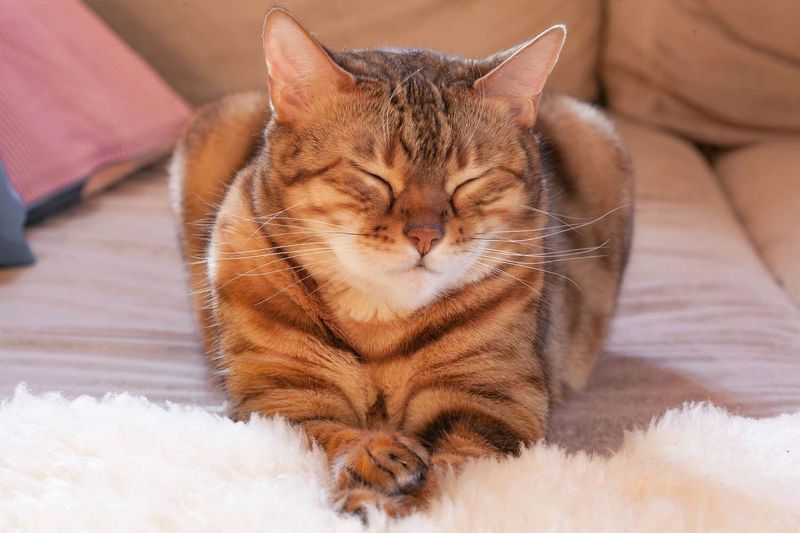
Those lazy, slow blinks aren’t your cat being sleepy! In feline language, this gesture says “I trust you enough to close my eyes around you.”
Try exchanging slow blinks with your cautious kitty. It’s like texting a heart emoji in cat-speak.
3. Food: The Universal Peace Offering
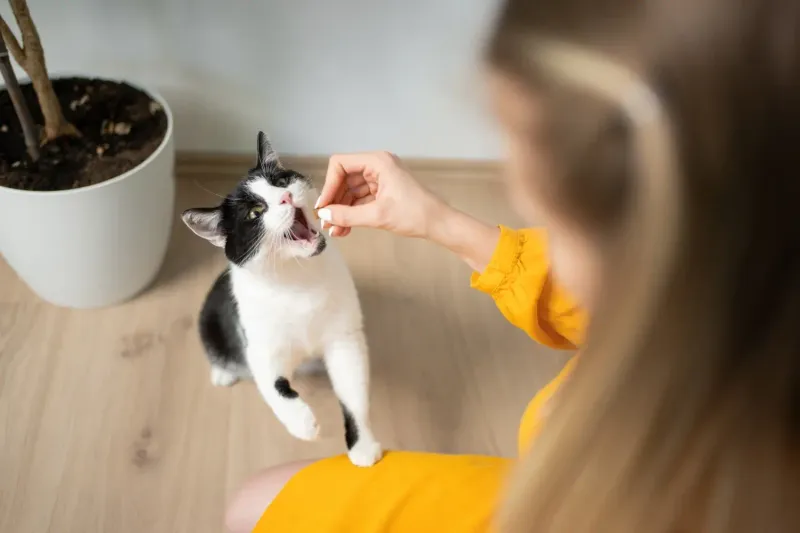
Nothing says “I come in peace” like high-value treats! Special goodies create positive associations with your presence.
Try sitting quietly while offering tempting morsels. Don’t stare directly at them – that’s threatening in cat language. Let them eat without pressure to interact.
4. Play Without Pressure
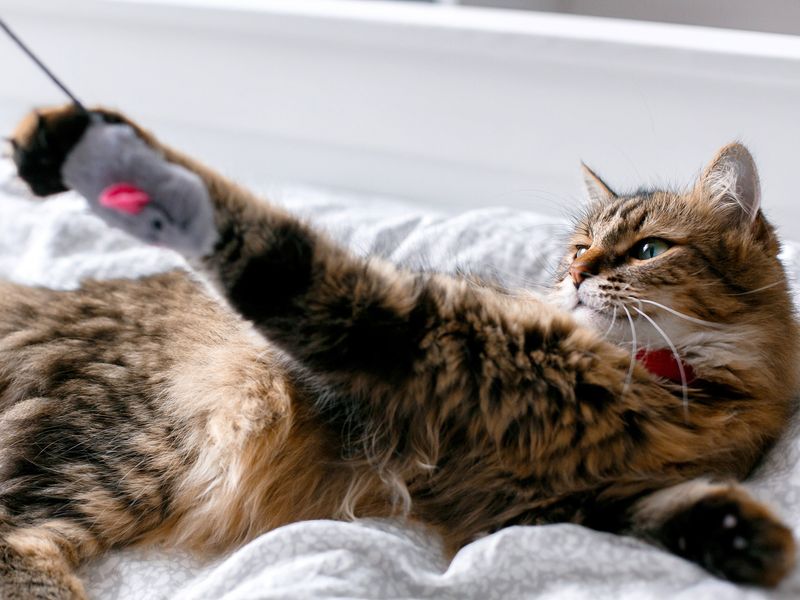
Wand toys create distance while building connection – perfect for skittish cats! The movement triggers their hunting instinct, often overriding caution.
Keep sessions short and sweet. End while they’re still interested, leaving them wanting more tomorrow.
5. The Magic of Routine

Surprises are for birthdays, not for winning over nervous cats! Predictable schedules help anxious felines feel secure.
Feed, play, and clean at similar times daily. When life becomes predictable, cats spend less energy worrying and more energy building relationships.
6. Speak Their Language
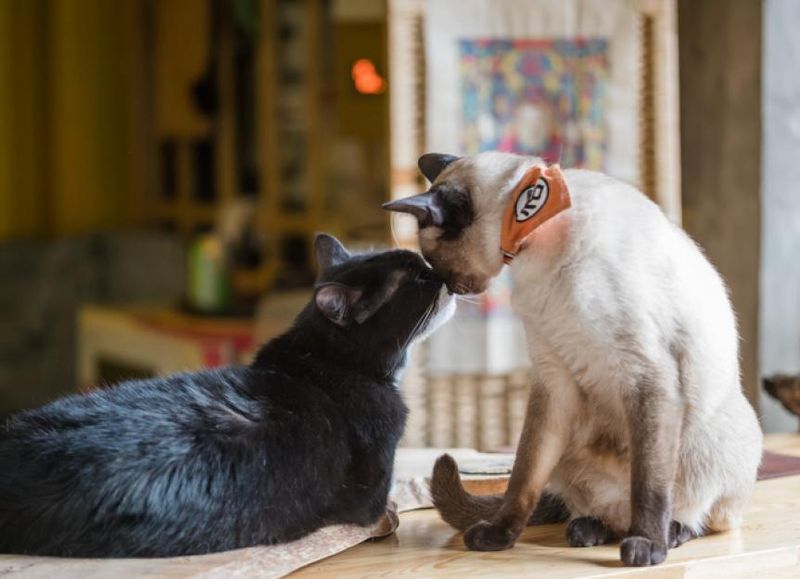
Your voice tone matters more than words to cats. Soft, high-pitched sounds signal friendliness in cat communication.
Keep volume low and pitch slightly elevated when addressing your cautious companion. Avoid sudden loud noises that might reset your trust-building progress.
7. The Ground-Level Approach
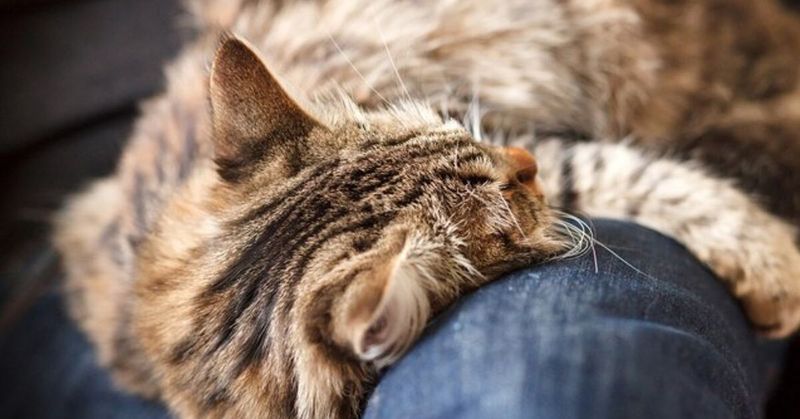
Towering over a cat feels threatening to them – imagine a giant looming over you! Getting down to their level changes everything.
Try sitting or lying on the floor during bonding attempts. This non-threatening posture helps skeptical cats feel more equal and less intimidated.
8. Scent Swapping Secrets

Cats navigate their world through smell, not sight. Swapping scents creates familiarity before physical contact happens.
Gently rub a soft cloth on your cat, then on yourself, and vice versa. This builds a shared scent profile that says “we belong together” in their language.
9. The Napping Proximity Technique
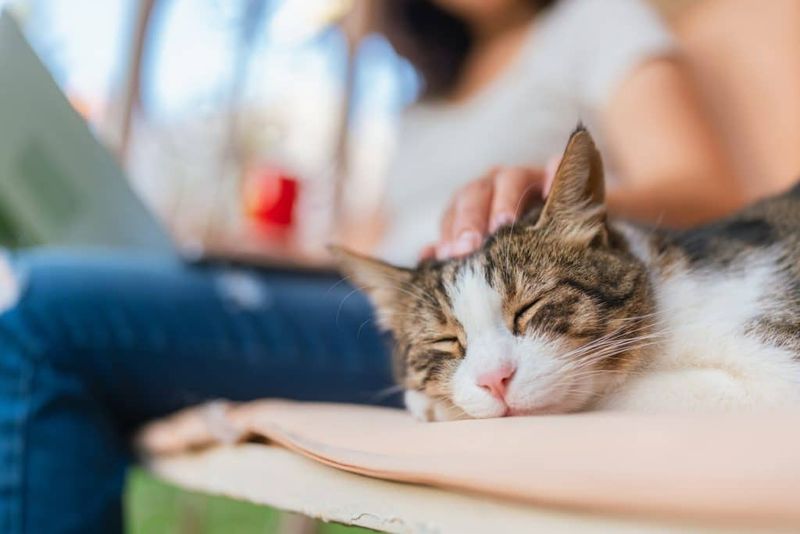
Reading a book while your cat naps nearby works wonders! Your calm, non-demanding presence during their vulnerable sleep time builds tremendous trust.
Start with being in the same room, gradually decreasing distance over weeks. Eventually, they might choose to sleep touching you!
10. Bribery Through Brushing
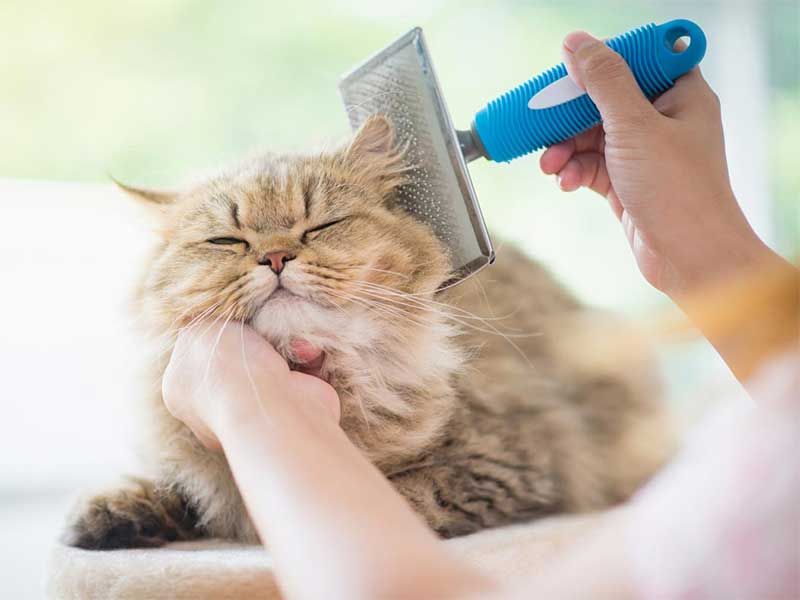
Many standoffish cats can’t resist a good grooming session. Start with short, gentle strokes using a soft brush.
Watch their body language carefully – a twitching tail says “enough.” Respecting these signals proves you understand their boundaries and builds precious trust.
11. Strategic Treat Placement

Gradually place treats closer to yourself over time. This creates a reward path that encourages your cat to venture into your personal space.
Stay still and avoid direct eye contact during this exercise. Their brave approach becomes associated with positive outcomes rather than stress.
12. The Sideways Approach
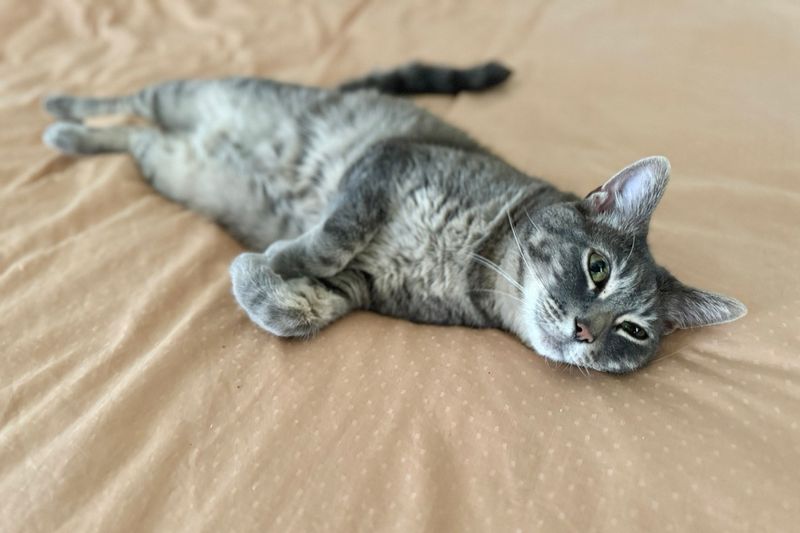
Facing a cat head-on feels confrontational in feline etiquette. Sitting sideways creates a non-threatening profile that anxious cats appreciate.
This subtle body language says “I’m not hunting you” and often helps hesitant cats feel comfortable enough to initiate contact.
13. Patience: Your Secret Weapon
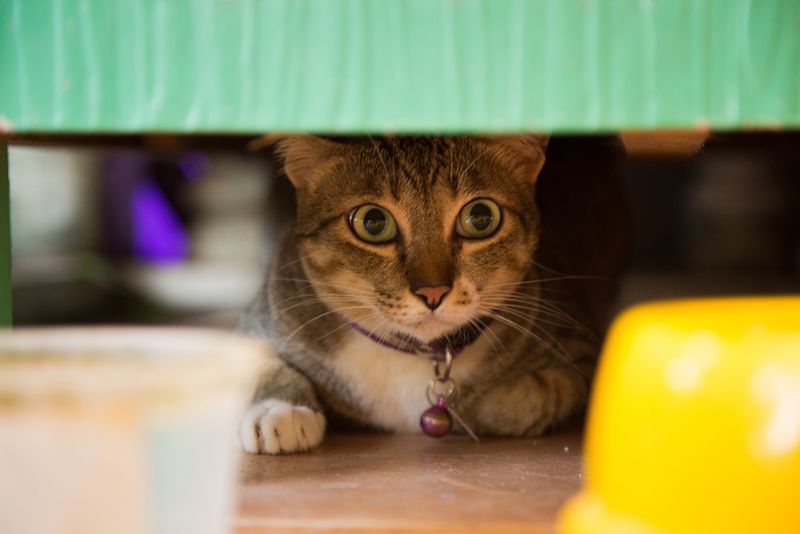
Rome wasn’t built in a day, and cat trust isn’t either. Some guarded cats need months before showing their true personality.
Celebrate small victories like entering a room without hiding. These tiny steps eventually lead to the purring lap cat you’re hoping for.
14. Create High Spaces
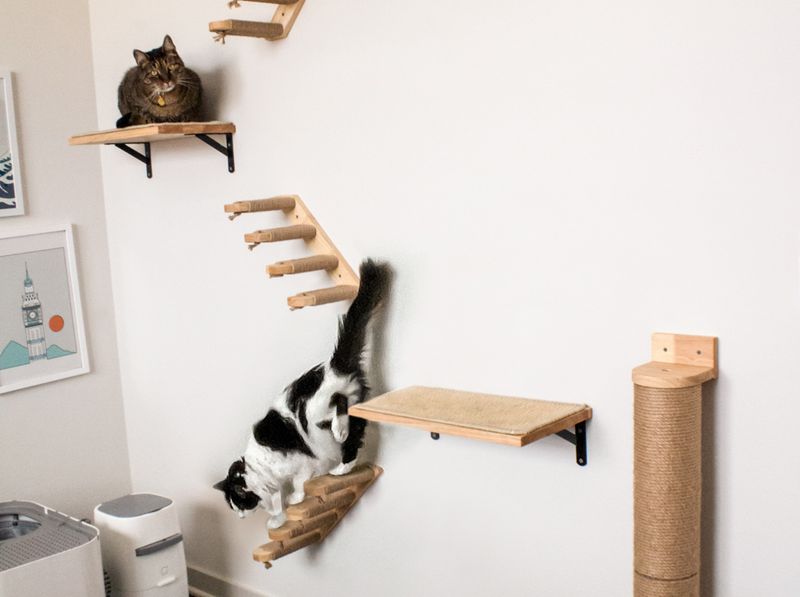
Vertical territory makes nervous cats feel secure. Perches, cat trees, and shelves provide escape routes and observation points.
When cats can survey their domain from above, they gain confidence. This security often translates into more willingness to interact with the humans below.






